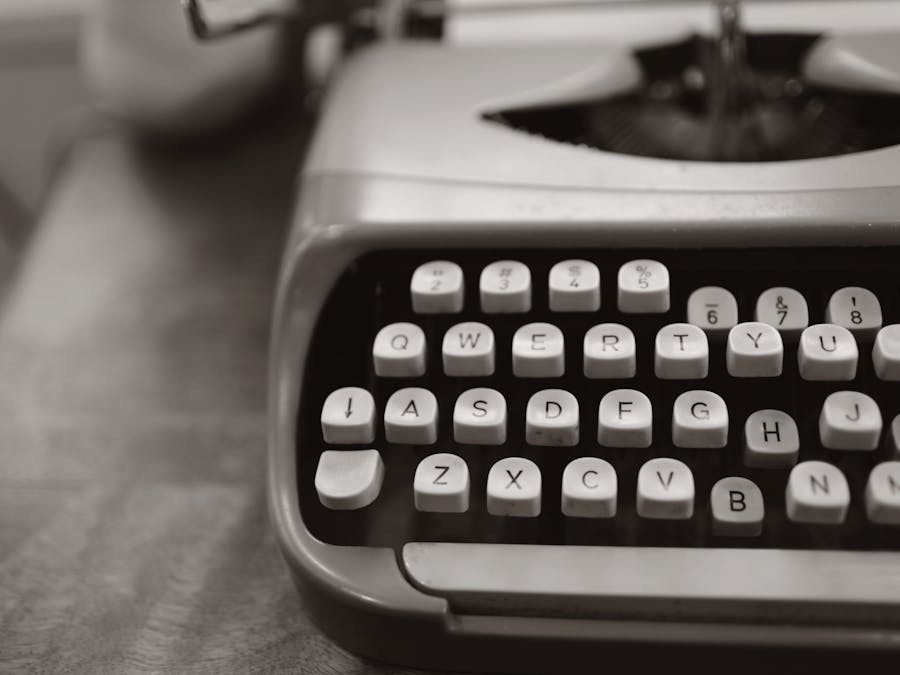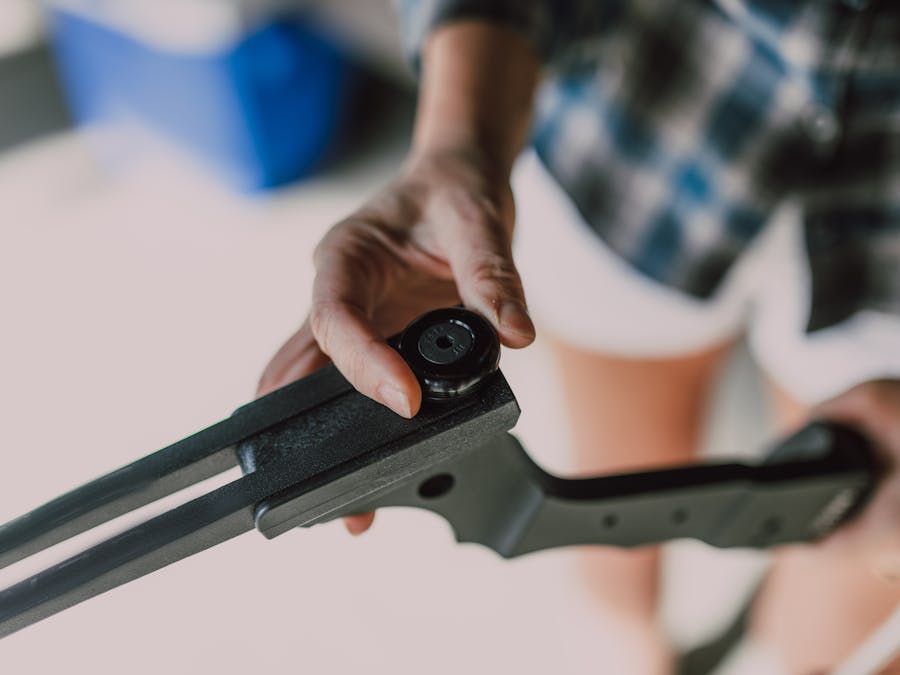 Piano Guidance
Piano Guidance
 Piano Guidance
Piano Guidance

 Photo: Mikhail Nilov
Photo: Mikhail Nilov
So as contradictory as it sounds, the fastest way to learn piano, and arguably the best way, is to practice slowly. Remember the mantra “slow is the way to go” for better practice and ultimately, faster learning.

Theodore Steinway's technical skills ensured that the growing company was in good hands. Having high caliber pianists choose your piano over others...
Read More »
C major and G major, along with their relative minor counterparts A minor and E minor, are often considered the best key and scales for Pop music.
Read More »Memorizing, beginning with scales, starting with songs, recognizing notes – there are many ways of learning to play the piano, and good teachers will tweak their methods to accommodate each student’s abilities and desires. While each method has their own merit, still some people have this question: what is the fastest way to learn piano? Is there one? They may be more eager about the destination and less concerned about the journey, but the journey is very important. But there is one technique that will help just about every student – and that is by practicing slowly. It may sound like a contradiction – the fastest way to learn piano isn’t to play fast, but to play slowly. How is that possible? Once you understand the reasoning behind this strategy, it’s quite simple. Speeding through a piano piece can make it seem like you know it so well that you can play it at an advanced tempo, but you need to ask yourself this: am I actually playing it well? Speed isn’t necessarily an indicator of mastery, simply that your fingers can move quickly from key to key. Playing slowly, then, is actually one of the fastest ways to learn piano, because it you helps you do the following: Identify your trouble spots: When racing through a piece, it’s tough to identify your trouble spots. However, when practicing slowly, they are much more apparent. Take your time to find those spots and smooth them out for more mindful practicing. Playing your mistakes repeatedly and quickly will only cement those issues deeper in your brain. Establish finger technique: As contradictory as it sounds, playing a piece slowly can actually help you learn to play a piece quickly, and consequently, can be the fastest way to learn piano. For example, a piece may feature certain motifs or themes that are repeated throughout the piece. When you work on practicing the correct fingering, every time you approach the notes in question, your fingers will know what to do – but this can only happen when you learn to play slowly and focus on what you are playing. Work on the physicality of playing: Sitting up straight, relaxing your shoulders and hands, slightly curving your hands – these are some of the physical aspects of playing the piano. But when playing as quickly as you can, how can you be sure that you are also perfecting these aspects as well? You will only know by playing slowly. Develop precision: Play a piece quickly and you can fumble your way through it and still sound decent. But is decent all that you want? Accuracy and precision are two elements that can set you apart from other pianists, and the only way to achieve these qualities is by practicing slowly at the beginning. You can develop greater accuracy in a shorter amount of time by not practicing mistakes over and over in the attempt to play quickly. The more you practice a piece correctly, the sooner you will be able to play that piece quickly – and well. Play a piece with emotion: Every piano piece has a suggested tempo for playing every section, but speed isn’t everything. You can transform a piece from a series of consecutive notes into magic by inserting emotions – your emotions – within it. Playing quickly can sometimes override the emotions within the piece and turn out to be technically correct, yet nothing more. However, by learning a piece slowly, you have a greater chance of feeling the song. Returning to a piece to inject emotion after racing through it will become more difficult, and may lengthen the time you take to learn the piece as intended. Understand the piece as a whole: A song isn’t just a series of notes that you play in a pre-determined order; there is a method to the so-called madness! As you start to play a piece slowly, you can begin to deconstruct the elements of the piece, such as the repetition, the variation on a motif, and the range of dynamics – essentially, how the piece works together as a unified entity. This deeper understanding of your piece can get lost in the race to the finish. Learn discipline and focus: Practicing the piano at slow speeds requires intense total concentration and discipline. It takes work, but learning how to focus will help you internalize the piece better, especially the more difficult sections. The fastest way to learn piano takes dedication, but is worth it! So, how exactly do you practice a piece slowly? There are two methods in particular that will help you slow down and listen to your playing. The first is to play each hand separately. This allows you to acquaint yourself with the melody and harmony individually.

As long as you can prove ownership of your vehicle a car key can be made with the Vehicle Identification Number aka VIN number. Once a key code is...
Read More »
The forbidden riff is just a list of songs that are semi-jokingly banned in guitar shops because it is overplayed many times. Stairway to Heaven is...
Read More »The second is to play with a metronome. Some musicians have a tendency to speed up as they work through a piece. Your focus may shift to the notes themselves, causing you to forget the purpose of the practice session. A metronome can alleviate that problem by reminding you to stay steady. If you find learning to play slowly on your own is harder than you realized, consider taking lessons with a qualified instructor. Your teacher will be able to guide you through exercises, and help you recognize if you’re speeding up when playing. So as contradictory as it sounds, the fastest way to learn piano, and arguably the best way, is to practice slowly. Remember the mantra “slow is the way to go” for better practice and ultimately, faster learning. Good luck!

Many programs use F6 or even Ctrl + F6 for switching windows. More specifically, the Alt + F6 hotkey is for switching among top-level windows in an...
Read More »
The 7 Types of Musical Instruments Children Love to Learn Piano. There's no doubt that the piano is the best musical instrument for kids to learn....
Read More »
As a general rule, you should spend between $400 and $1000 on a digital piano for an instrument suitable for beginners to intermediate players to...
Read More »
Rough jerking when shifting It might feel like a jerk, clunk or thud. This is usually caused by troubles with the vacuum, transmission fluid or a...
Read More »